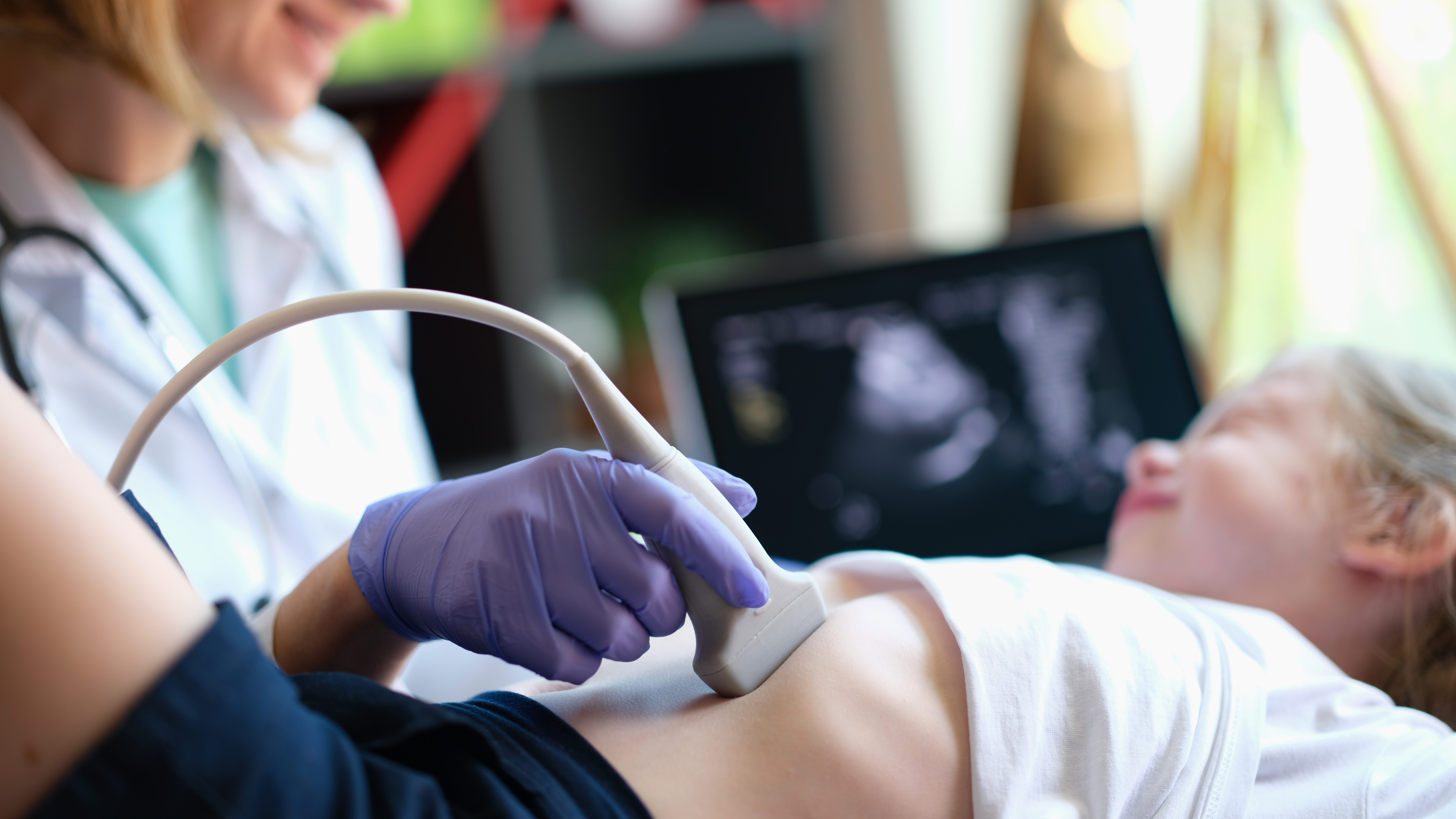Sonogram vs. Ultrasound: The Differences Revealed
Category
Blog
Date
August 14, 2021
Source
Exo

Many people use the terms sonogram and ultrasound interchangeably; however, there are distinct differences between them. Understanding these differences can help healthcare professionals and patients make more informed medical decisions. This blog post will explain how sonograms and ultrasounds differ so healthcare professionals can make informed decisions about the patient's healthcare.
What is an Ultrasound?
An ultrasound is an imaging test that uses sound waves to create images of structures inside the body, often used to examine organs and tissues, and provide a window into the body for procedural guidance. During an ultrasound, sound waves are sent from an external device called a transducer, which is placed on the skin and directed into the body at various angles. When these sound waves hit an object like an organ or tissue, they bounce back, creating an image (or “echo”) that can be viewed on a monitor. The image produced is called a sonogram.
What is a Sonogram?
A sonogram is an image or video the ultrasound device creates during an ultrasound test. By examining the findings in a sonogram image, professionals can use an ultrasound examination to diagnose medical conditions and inform the next steps in patient care.
From a historical perspective, ultrasound exams would have likely been performed with stationary ultrasound machines. In this scenario, a sonographer would be tasked with capturing the sonogram (or image) for a radiologist to assess the findings after the exam is completed.
However, with the emergence of point-of-care ultrasound (POCUS) devices, we’ve seen an increased number of clinicians who both perform the ultrasound exam and assess the findings (seeking advice on those findings when needed). In radiology departments, sonographers and radiologists collaborate to ensure exam images are captured and assessed.
Beyond the Frame of Medical Imaging Examinations
In accommodating the best use of advanced medical imaging at a hospital, such as in ultrasound examinations, it’s critical that healthcare facilities design a robust imaging workflow process around the clinical and patient needs of the hospital system. Physicians must have the tools they need to emphasize clear and secure patient documentation, which in turn will help accomplish the regulatory and billing needs of other hospital departments. For this outcome, having a good technology stance is critical. The software that clinicians use to securely review and document patient findings can either help or hinder the wider patient experience and be the difference in how long it takes a physician to see their next patient.
Learn about Exo’s mobile-friendly point-of-care ultrasound (POCUS) software, Exo Works™.